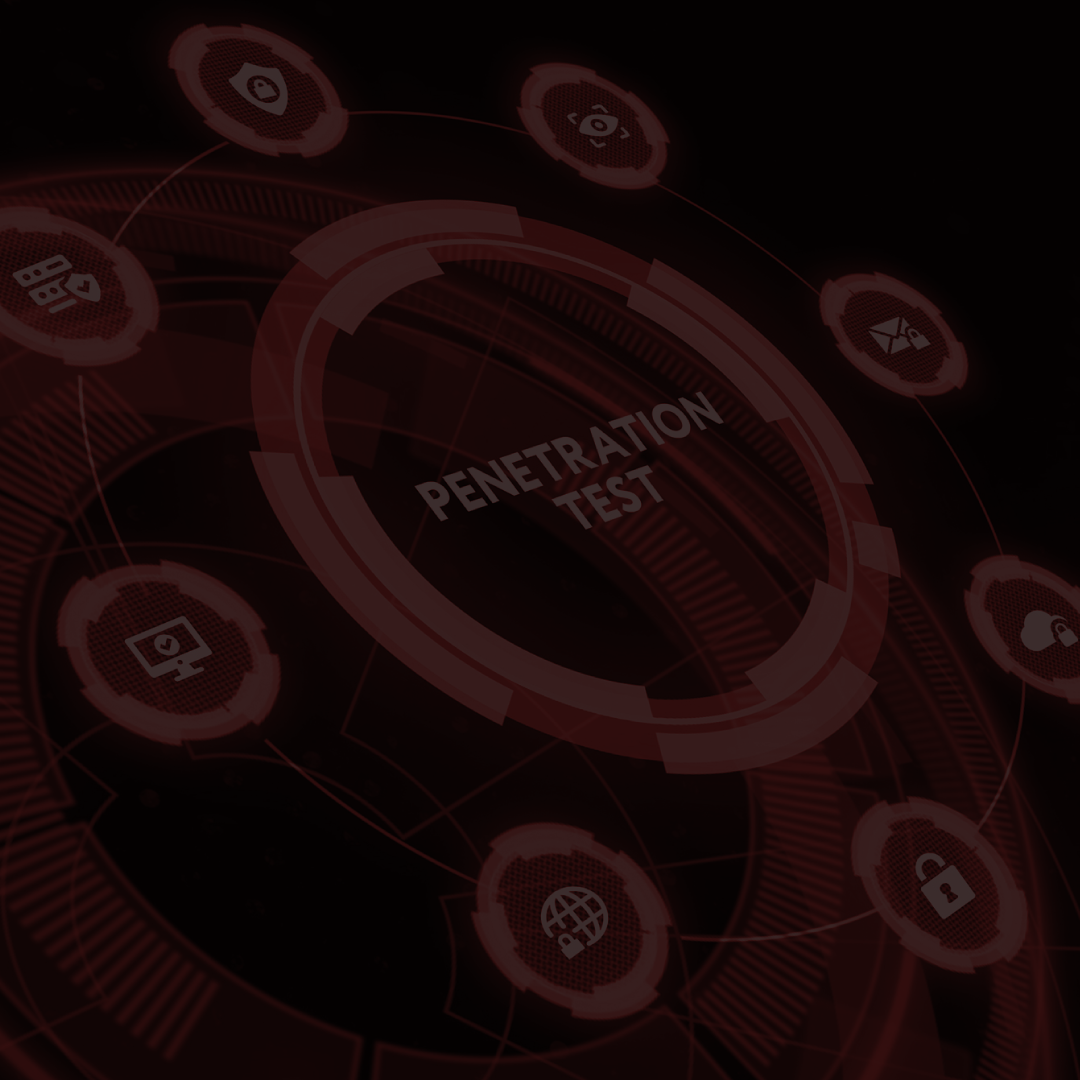Penetration testing is the process of identifying the security vulnerabilities in a system or network and trying to exploit them. The results of penetration tests play a vital role in finding and patching security flaws.
In this article, we’ll discuss the responsibilities of a penetration tester and outline the five penetration testing phases, in addition to looking at some popular penetration testing tools that can be used to examine systems for vulnerabilities.
Responsibilities of a Penetration Tester (Pen Testing)
A penetration tester is responsible for finding security vulnerabilities, including determining which penetration testing method (Gupta, 2021) is best suited to the situation. This is a challenging task that requires advanced skills and knowledge.
A penetration tester needs to be familiar with different hacking techniques and have in-depth network security knowledge. They must also know how to use various tools to assess the target system’s security posture.
The Five Phases of Penetration Testing
There are five penetration testing phases: reconnaissance, scanning, vulnerability assessment, exploitation, and reporting. Let’s take a closer look at the 5 Penetration Testing phases.
1. Reconnaissance
The first penetration testing phase is reconnaissance. In this phase, the tester gathers as much information about the target system as they can, including information about the network topology, operating systems and applications, user accounts, and other relevant information. The goal is to gather as much data as possible so that the tester can plan an effective attack strategy.
Reconnaissance can be categorized as either active or passive depending on what methods are used to gather information (Braithwaite, 2022). Passive reconnaissance pulls information from resources that are already publicly available, whereas active reconnaissance involves directly interacting with the target system to gain information. Typically, both methods are necessary to form a full picture of the target’s vulnerabilities.
2. Scanning
Once all the relevant data has been gathered in the reconnaissance phase, it’s time to move on to scanning. In this penetration testing phase, the tester uses various tools to identify open ports and check network traffic on the target system. Because open ports are potential entry points for attackers, penetration testers need to identify as many open ports as possible for the next penetration testing phase.
This step can also be performed outside of penetration testing; in those cases, it’s referred to simply as vulnerability scanning and is usually an automated process. However, there are drawbacks to only performing a scan without a full penetration test—namely, scanning can identify a potential threat but cannot determine the level at which hackers can gain access (Agio, 2022). So, while scanning is essential for cybersecurity, it also needs human intervention in the form of penetration testers to reach its full potential.
3. Vulnerability Assessment
The third penetration testing phase is vulnerability assessment, in which the tester uses all the data gathered in the reconnaissance and scanning phases to identify potential vulnerabilities and determine whether they can be exploited. Much like scanning, vulnerability assessment is a useful tool on its own but is more powerful when combined with the other penetration testing phases.
When determining the risk of discovered vulnerabilities during this stage, penetration testers have many resources to turn to. One is the National Vulnerability Database (NVD), a repository of vulnerability management data created and maintained by the U.S. government that analyzes the software vulnerabilities published in the Common Vulnerabilities and Exposures (CVE) database. The NVD rates the severity of known vulnerabilities using the Common Vulnerability Scoring System (CVSS).
4. Exploitation
Once vulnerabilities have been identified, it’s time for exploitation. In this penetration testing phase, the penetration tester attempts to access the target system and exploit the identified vulnerabilities, typically by using a tool like Metasploit to simulate real-world attacks.
This is perhaps the most delicate penetration testing phase because accessing the target system requires bypassing security restrictions. Though system crashes during penetration testing are rare, testers must still be cautious to ensure that the system isn’t compromised or damaged (Basu, 2022).
5. Reporting
Once the exploitation phase is complete, the tester prepares a report documenting the penetration test’s findings. The report generated in this final penetration testing phase can be used to fix any vulnerabilities found in the system and improve the organization’s security posture.
Building a penetration testing report requires clearly documenting vulnerabilities and putting them into context so that the organization can remediate its security risks. The most useful reports include sections for a detailed outline of uncovered vulnerabilities (including CVSS scores), a business impact assessment, an explanation of the exploitation phase’s difficulty, a technical risk briefing, remediation advice, and strategic recommendations (Sharma, 2022).
Popular Penetration Testing Tools
There are many different penetration testing tools available, and each has its strengths and weaknesses. Some of the most popular include:
- Nmap. Nmap is a powerful network scanning tool that can scan for open ports and services. It also includes features for identifying vulnerable applications.
- Metasploit. Metasploit is a vulnerability exploitation tool. It includes a library of exploits for a variety of programs and operating systems, as well as a wizard that can assist penetration testers in capitalizing on known vulnerabilities.
- Wireshark. Wireshark is a network analysis tool that can capture packet data from a network and decode it into readable form. This can be useful for identifying malicious traffic or sensitive information being transmitted over a network.
- Burp Suite. Burp Suite is an all-in-one web application security testing tool. It can scan websites for vulnerabilities, manipulate requests and responses, and intercept traffic between the client and server.
These are just a few of the many penetration testing tools available (Aboagye, 2021). As a penetration tester, it’s essential to be familiar with as many of them as possible so that you can choose the right tool for each penetration testing phase.
Common Penetration Testing Mistakes
As with any activity, people make some common mistakes when performing penetration testing. Some of the most common include:- Failing to plan. Planning is essential for any penetration test. Without a comprehensive plan, the tester may miss important details, resulting in unnecessary work and lost time.
- Not knowing your tools. Knowing which tools to use and how to use them is essential for any penetration tester. Using the wrong tool for the job can lead to wasted time and false positives.
- Attempting to exploit the system too early. Starting the exploitation phase before performing adequate reconnaissance can lead to inaccurate results. The tester needs to understand the target environment and its vulnerabilities to perform a useful penetration test.
- Relying too heavily on automation. Automated tools can be a great time saver, but they should never be used exclusively. Automated tools can miss things that human testers would easily find, so it’s essential to always manually review the results of an automated scan.
These are just a few of the mistakes people make at various penetration testing phases. Knowing what they are can help you avoid them and improve your chances of success.
The Benefits of Penetration Testing
There are many benefits to performing penetration testing. Some of the key ones include:- Maintaining compliance. Many organizations must undergo periodic penetration tests to comply with laws and regulations like the Payment Card Industry Data Security Standard (PCI DSS) and the Health Insurance Portability and Accountability Act (Graham, 2021).
- Preventing cyberattacks. One of the main benefits of penetration testing is finding vulnerabilities in systems. These problems can then be addressed before hackers exploit them.
- Avoiding costly security incidents. Penetration testing can help improve an organization’s security posture. Performing penetration tests helps organizations save money through making themselves less susceptible to attacks.
- Keeping cybersecurity professionals up to date. To be a successful penetration tester, it’s essential to keep up with the latest trends and techniques. Conducting regular penetration tests can also be beneficial for cybersecurity professionals because it requires them to stay current on the latest cyberthreats and defense measures.
Learning the Basics of Penetration Testing
Penetration testing is a critical part of information security, and as more organizations move to the cloud and adopt new technologies, the need for penetration testers will only increase. By identifying and fixing vulnerabilities, penetration testers can improve the security of organizations’ systems and protect their data from hackers.
If you’re a cybersecurity professional, it’s essential to be familiar with the basics of penetration testing. EC-Council’s Certified Penetration Testing Professional (CPENT AI) program is one of the most popular and widely recognized certifications in the field. This certification covers the fundamentals of penetration testing, including planning, reconnaissance, scanning, exploitation, and report generation. CPENT AI is most advanced penetration testing program available in the industry to which provides advanced penetration testing skills, AI pen testing skills and teaches you hands-on complete pen testing methodology, to make you a tactical, versatile and a complete pen tester.
To learn more about how to improve your knowledge of penetration testing tools, benefits and techniques, check out What Is Penetration Testing
References
Aboagye, M. (2021, February 17). 13 online pentest tools for reconnaissance and exploit search. Geekflare. https://geekflare.com/reconnaissance-exploit-search-tools/
Agio. (2022, June 8). Vulnerability scanning vs. penetration testing. https://agio.com/vulnerability-scanning-vs-penetration-testing/
Basu, S. (2022, June 29). 7 penetration testing phases for web applications: A detailed account. Astra. https://www.getastra.com/blog/security-audit/penetration-testing-phases/
Brathwaite, S. (2022, January 6). Active vs passive cyber reconnaissance in information security. Security Made Simple. https://www.securitymadesimple.org/cybersecurity-blog/active-vs-passive-cyber-reconnaissance-in-information-security
Graham, K. (2021, June 28). What is cybersecurity compliance? An industry guide. BitSight. https://www.bitsight.com/blog/what-is-cybersecurity-compliance
Gupta, A. (2022, February 3). Determining the appropriate penetration testing method. Forbes. https://www.forbes.com/sites/forbestechcouncil/2022/02/03/determining-the-appropriate-penetration-testing-method/
Sharma, S. (2022, July 13). Penetration testing report or VAPT report by Astra Security. Astra. https://www.getastra.com/blog/security-audit/penetration-testing-report/









